Chapchar Kut is a traditional festival celebrated in Mizoram by the Mizo tribe of Northeast India. The festival marks the end of winter and the arrival of spring and is celebrated with great zeal and enthusiasm. It is celebrated every year in March, after the completion of the challenging task of jhum operation, which involves clearing the remnants of burning in the jungle. The festival is known for its vibrant cultural events, delicious food, and traditional dances and songs.
Origin and History of Chapchar Kut
Chapchar Kut is one of the oldest festivals celebrated by the Mizo tribe, with roots dating back centuries. Originally, the festival was a way to celebrate the completion of the jhum operation and to welcome the spring season. Over time, Chapchar Kut has evolved and taken on a more cultural significance, serving as a way to preserve the rich cultural heritage of the Mizo tribe and pass it down to future generations.
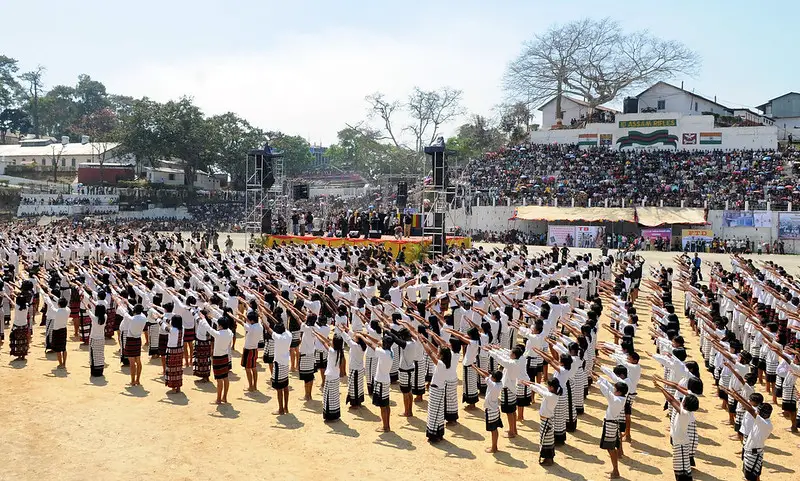
Significance of Chapchar Kut
Chapchar Kut is more than just a festival of celebration and revelry; it holds deep cultural and spiritual significance for the Mizo people. The festival symbolizes the end of the old and the beginning of the new, and provides an opportunity for the Mizo people to come together and celebrate their community and culture.
The festival also showcases the talents and skills of the Mizo people. From traditional dances and songs to art and craft, Chapchar Kut provides a platform for the Mizo people to express their creativity and share their rich cultural heritage with others.
Chapchar Kut is one of the three annual festivals of the Mizos that celebrates various stages of the agricultural cycle. The other two festivals, Mim Kut and Pawl Kut, have also been reinvigorated in the last century.
Celebration of Chapchar Kut Festival
According to oral traditions, Chapchar Kut was first celebrated in Seipui village in Myanmar where a large population of Mizos and their ethnic counterparts reside. The festival was originally held as a way to express gratitude to the gods for protecting the people during the annual forest-clearing process for jhum cultivation. The celebration was marked by feasting and drinking, with young men and women dancing through the night, dressed in traditional Vakiria attire. The origins of the Chai dance can be traced back to this festival.
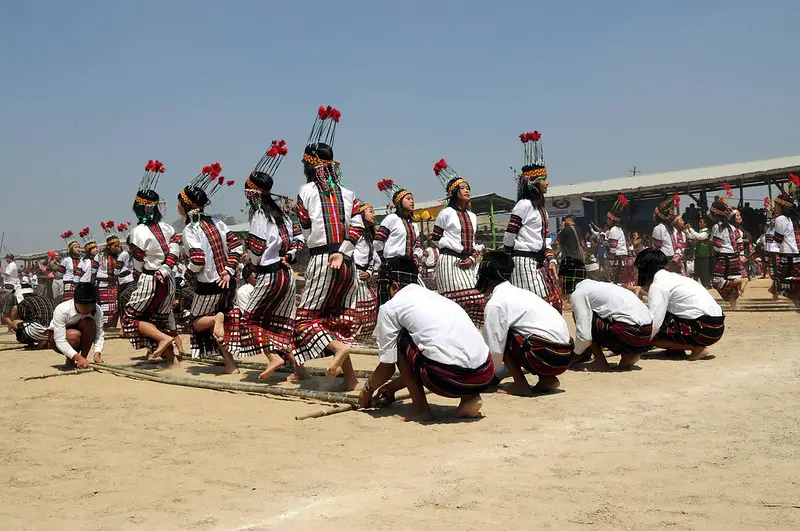
Chapchar Kut is now celebrated in March when the trees and bamboos are cut for jhum have had time to dry and the shifting cultivators have a chance to enjoy their leisure time.
The main activities during Chapchar Kut include:
- Chhawnghnawh, a pre-Christian tradition of exchanging boiled eggs
- Dancing, with the Cheraw dance being the main attraction and other dances such as Khuallam, Chheihlam, Chai, and Sarlamkai also performed
- Art, craft, and photo exhibitions
- Chapchar Kut run
- Traditional Mizo games and costume parades
- Wearing traditional attire at workplaces
- Stalls featuring ethnic cuisine.

During the celebration of Chapchar Kut, popular Mizo dishes such as Bambooshoot stew and Pumpkin leaves stew are served. These dishes are known for their delicious taste and are easy to prepare. They can be modified with a variety of vegetables, making them a popular addition to any meal. It is definitely worth trying these tasty food items.
Conclusion
Chapchar Kut is a festival that holds a special place in the hearts of the Mizo people. It is a time for celebration, reflection, and renewal, and offers a glimpse into the vibrant culture and traditions of the Mizo tribe. Whether you are a resident of the region or simply a visitor, Chapchar Kut is a must-see event that will leave a lasting impression.
Indian travelers need to obtain an Inner Line Permit (ILP) before entering the state.
(Details on how to obtain an ILP are discussed in one of our earlier articles)

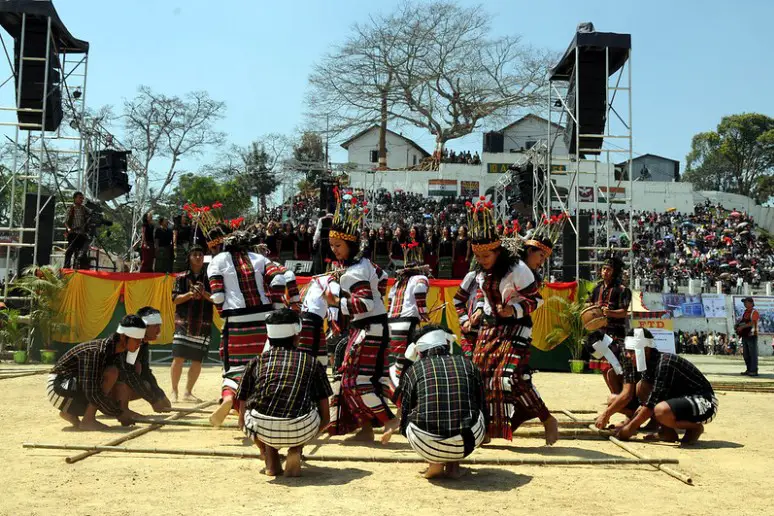

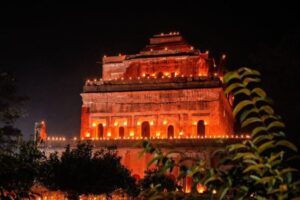
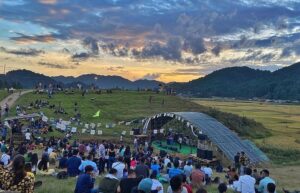


Pingback: Kuki Tribe of Northeast India » Discover Northeast India